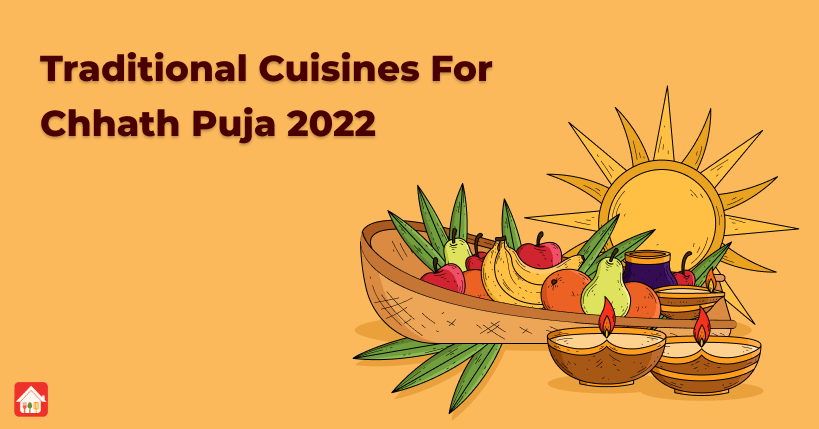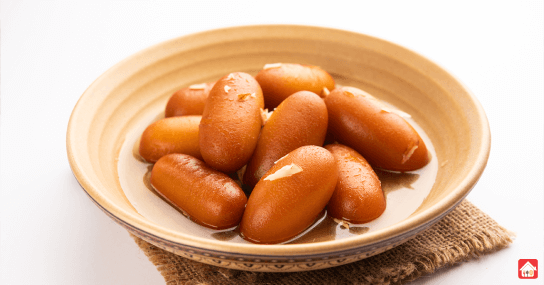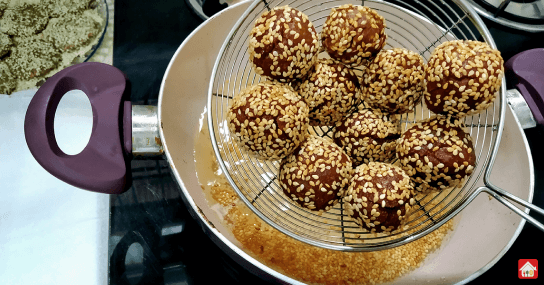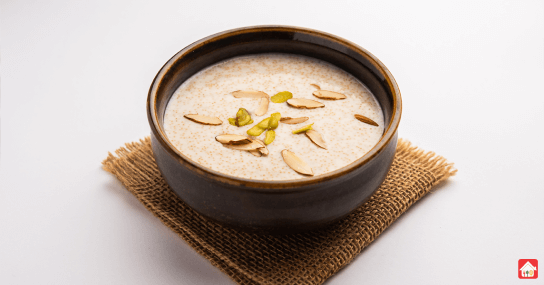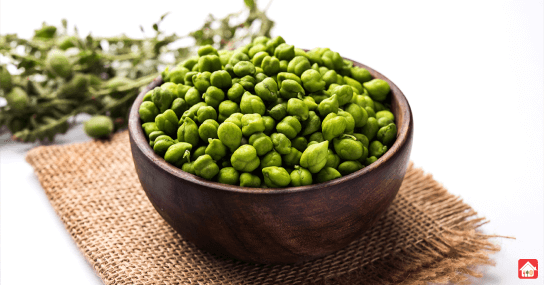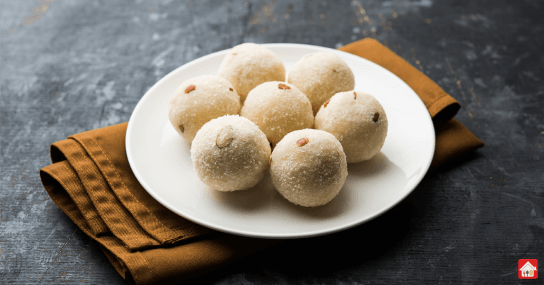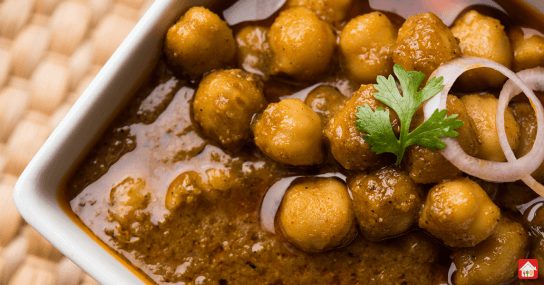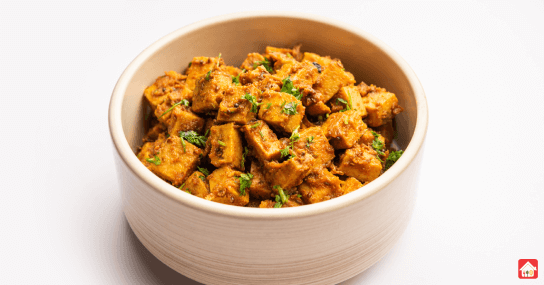Table of Contents
Chhath Puja is a traditional Hindu festival that is only observed in the states of Bihar, Jharkhand, Eastern Uttar Pradesh, and Nepal. It is devoted to Lord Surya and Chhathi Maiya, who is thought to be Surya’s sister. It is the main Vedic occasion committed to Chhathi Maiya and the Sun God, who is believed to be the wellspring of all power (one more name for Goddess Usha from the Vedic time frame). In order to advance human health, growth, and prosperity, the god of light, energy, and life force is worshipped. Through this celebration, people hope to express their gratitude to the Sun God for a four-day stretch. The fasting devotees who observe this occasion are known as Vrati.
The Hindu calendar’s Kartika Shukla Shashti, or the sixth day of the month of Karthika, is the day on which the Karthik Chhath is performed. It usually takes place in the months of October and November and is observed on the sixth day following Diwali, another significant Hindu holiday.
The state’s abundance of locally cultivated herbs and greens contributes to the diversity of the culinary scene. A list of several lesser-known Bihari cuisines that you can prepare at home is provided below.
Dudhauri
Rice is cooked in milk along with sugar, cardamom, and cashews to create this delectable delicacy. This mixture is given a circular or oval shape after cooling and becoming sufficiently thick. This mixture is then deep-fried in ghee and covered in sugar syrup. It is Bihar’s version of the Gulab Jamun from North India.
Sanai Phool ke Pakode
This mouthwatering pakoda recipe uses the jute plant’s bright yellow blooms. Sanai phool, salt, gramme flour, and spices like coriander powder, garam masala, and red chilli powder are combined to create this meal. This mixture can be formed into the required shapes and sizes before being fried in mustard oil. Make sure not to utilise the blooms that are fully or half-bloomed because their flavour is unpleasant.
Anarsa
This Bihari dessert is prepared with powdered rice and has a khoya and dry fruit filling. After shaping the rice batter into cookies, it is deep-fried. Sesame seeds are then sprinkled on top of the deep-fried anarsa before consumption.
Rasiyaw
Rasiyaw is basically rice kheer, however it contains jaggery rather than sugar (or gur). It is made precisely like conventional kheer utilizing milk, water, and rice. Before serving it for ingestion, Surya Devta is the only one to receive it. It complements Dal Puri/Puri/Roti the finest.
Hara Chana
The Chhath-explicit thali additionally incorporates amazing dishes like hara chana (otherwise called green chana). Green chana is served the following day in ghee with few green chilies and cumin seeds right after being retained water for the present.
Phulauri
A type of pakoda cooked with soaking masoor or chana dal is this. Prior to being joined with hacked onion, ginger-garlic glue, green stew, and different flavors, the drenched dal is first positioned to a processor to frame a glue. This mixture is served with green chutney after being fried in hot mustard oil in spoonfuls. Boiling potatoes and other seasonal vegetables are also included in some variations of this pakoda.
Kaddu Bhaat
Chhath is where this phenomenal sabzi is generally popular. It is made with Kaddu/Lauki (Container Gourd) and seared in ghee with Himalayan salt or sendha namak. The blend of this scrumptious sabzi with seared poori or rice makes it the best dish to break the quick with.
Kasar Ke Laddu
There is another sort of sweet made despite thekua and rice kheer. It simply requires several minutes to prepare and is obviously simple to make. One such prasad made upon the appearance of Sandhya Arghya for Chhath Puja is kasar ke laddu. Rice powder, jaggery powder, ghee, and fennel are the trimmings.
Pittha
It’s called “Bihari momos.” It is either shaped like a ball, a boat, or a semicircle. Channa Daal (which has been soaked and cooked overnight) and dried masala are combined to make the filling. A dough composed of rice flour is used to make the upper crust, which is then steamed in a deep vessel or traditionally dipped in hot, boiling water.
Parwal ki mithai
The parwal’s peel and all of its seeds are first removed in order to produce this mithai. The parwals are then all boiled in water after a slit is created in the centre. When finished, drain the excess water from the boiled parwals. Now, cook these parwals in sugar syrup for 3–4 minutes after draining them. The mithai is then complete once the khoya filling is added inside the parwals.
Ghugni
It is a dish consisting of black grammes that have been soaked in water (either briefly or overnight) and then sauteed in mustard oil in a wok. Chana is also pounded into a paste that is used as a thickener, along with several types of garam masala that are formed into a paste on a SIL. This thickens the masala and creates the desired gravy. Bhunjana water is added to the mixture after adequate seasoning if desired for gravy.
Belgrami
It is a delectable sweet delicacy produced by mixing sugar, cardamom, and fine chhena into dough. After cutting the mixture into different sizes and shapes, it is deep-fried.
Dahi Chura Gud
It is quite possibly of the most notable dish in Bihari cooking, is made by joining curd with washed poha or smoothed rice and adding jaggery to the combination. To enhance the flavour of this recipe, you may also add diced banana to it. In Bihar, people typically eat it for breakfast.
Ole ki Subzee
It’s Jimikand or Suran ki Subzee, respectively. This vegetable, which has a number of nutritional advantages, is only removed during the Diwali season. This subzee is prepared in a gravy that includes tomato, onion, ginger, and garlic in addition to other spices.
Tisi Chutney
To make this flavorful chutney, grind toasted flax seeds, garlic cloves, green peppers, mustard oil, and lemon juice together.
Tomato Chokha
To make tomato chokha, ground roasted tomatoes (which have already been peeled), garlic cloves, coriander leaves, and green chilies in mustard oil.

